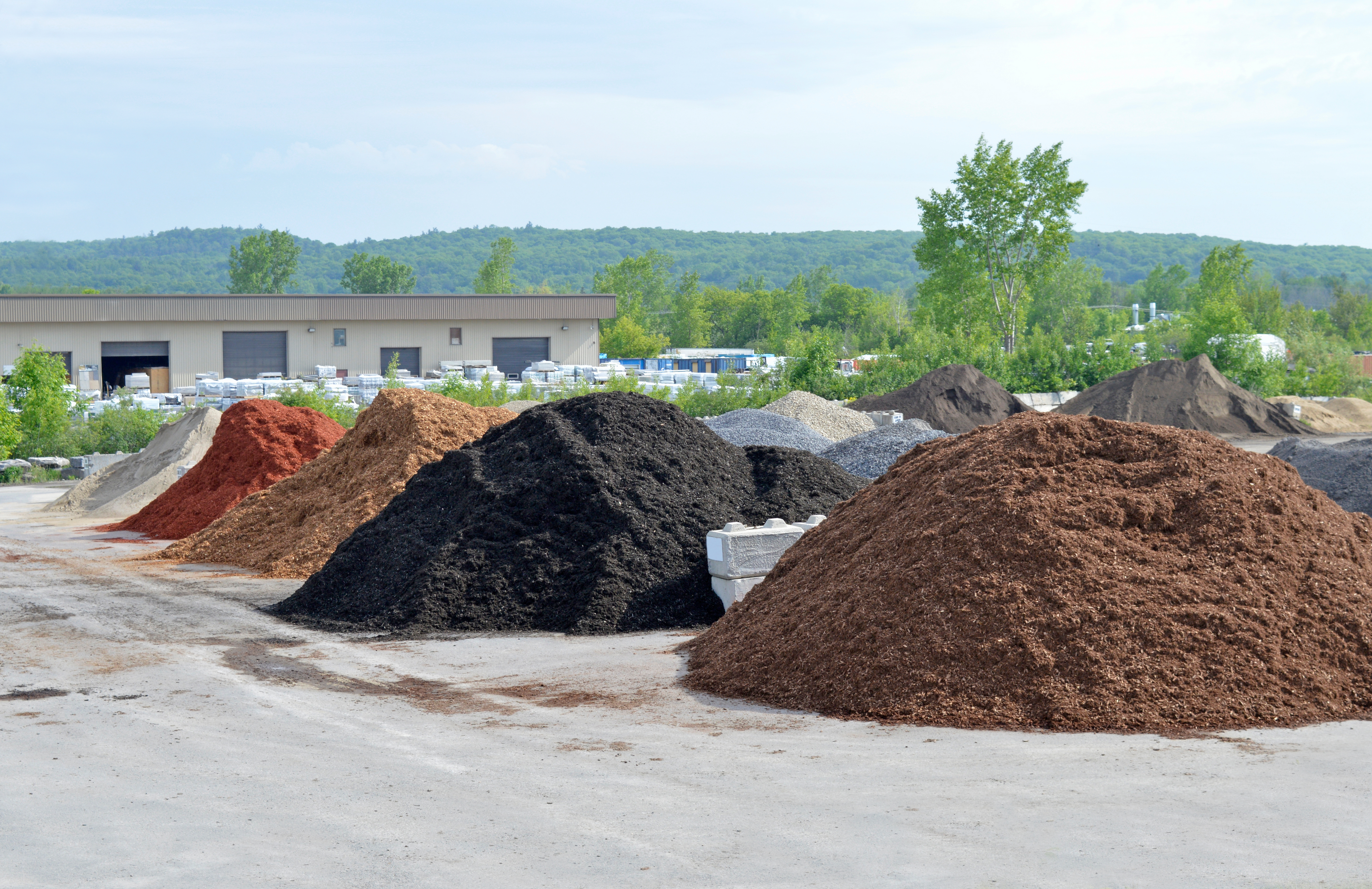Introduction
Explore different types of construction sand, from river sand to M-sand. Learn which type suits your needs and region for optimal construction quality.
Think of sand as the supporting actor in your construction story - not the flashy star like marble or granite, but try building without it and you'll realize its worth. From the smooth river sand that feels like silk to the manufactured kind that's saving our riverbeds, let's dig into the world of construction sand.
Types of Sand Used in Construction
1. River Sand

Like the name suggests, it is the naturally occurring sand extracted from riverbeds. It has a fine texture and smooth grains, making it a very popular choice for construction.
o Best Used For:
• It is ideal for plastering work due to its fine texture.
• It is also used in concrete mixes to create a smooth finish.
o Advantages:
• Minimal impurities – results in plastering that is really smooth
• It provides strength and uniformity to construction.
o Challenges: The biggest concern in recent years has been the stories of exploitation of the river bed and this has led to environmental concerns and rising costs.
2. M-Sand (Manufactured Sand)

This is a form of artificial sand produced by crushing hard granite stones. It’s a sustainable alternative to river sand.
o Best Used For:
• This is used in concrete and mortar production.
• It is also excellent for brick/block laying and wall plastering.
o Advantages:
• The quality of sand is consistent unlike river sand. It comes with quality and gradation variants
• Considering the various issues associated with river sand this is environmentally friendly and a very good substitute.
• Cost-effective and easily available.
o Challenges: Slightly rough texture compared to river sand.
3. Pit Sand

This is coarse sand that is found in deep pits, typically red-orange in colour.
o Best Used For:
• Concreting - due to its rough texture and high binding properties
o Advantages:
• It is free from salts, making it suitable for building foundations.
o Challenges: Since this sand comes with a lot of ingredients it needs proper washing to remove clay and impurities.
4. Beach Sand

As the name is obvious, this is sand collected from seashores. While it is available in abundance, its salt content is a significant drawback.
o Best Used For:
• This has very limited use in construction and can be used if desalinated.
o Challenges: The problem with high salt content is that it can corrode steel reinforcement and weaken concrete over time.
5. Desert Sand

This is predominantly found in arid regions, with extremely fine and smooth grains.
o Best Used For:
• This form of sand is rarely used in construction due to poor bonding properties. However, it can be mixed with other materials for specific purposes.
o Challenges: Lacks strength and stability for structural work.
6. Silica Sand

This sand is composed mainly of silicon dioxide, it's typically white or colourless.
o Best Used For:
• Common in flooring, glassmaking, and decorative finishes.
• Sometimes used for finishing touches in construction.
o Advantages:
• High durability and resistance to wear.
How Different Regions in India Use Sand

• Northern India:
Here river sand dominates due to the abundance of rivers like the Yamuna and Ganga. M-sand is gaining traction as river sand prices soar.
• Southern India:
M-sand is widely used due to severe strict restrictions on river sand mining. Granite availability makes M-sand a cost-effective choice.
• Western India:
Pit sand and M-sand are popular, especially in regions like Rajasthan where desert sand isn’t viable for construction.
• Eastern India:
River sand remains the go-to option, sourced from rivers like Brahmaputra and Mahanadi. However, growing awareness of M-sand's benefits is shifting trends.
Which Sand Should You Use for Your Home?
• For Plastering:
River sand or fine-grade M-sand for a smooth finish.
• For Concrete Work:
Coarse pit sand or M-sand for better strength
• For Bricklaying:
M-sand is ideal for uniformity and cost savings.
• For Aesthetic Touches:
Silica sand for decorative finishes or tiles.
In conclusion
While river sand has been the traditional favourite, the shift to sustainable options like M-sand is a step forward, as it helps in balancing quality and environmental responsibility. It is always better to consult with a professional before making a final decision, as regional factors and specific needs can vary. You can also consider checking on the kind of sand used in and around your area before choosing the righty type.
Related articles
Sign up for the newsletter
If you want relevant updates occasionally, sign up for the private newsletter. Your email is never shared.

















